Respiratory Protection
Liberty Safety offers the Duramask™ brand as a reliable solution for mask requirements and worker wellness. DuraMask™ protective respirators are designed with comfort and respiratory safety in mind. It’s protection that allows you to breathe easily. Because they are designed to help reduce the wearer’s exposure to airborne particles and unwanted particulates, wearing a face mask helps keep everyone safe in possibly contaminated environments.
Liberty Safety offers the Duramask™ brand as a reliable solution for mask requirements and worker wellness. DuraMask™ protective respirators are designed with comfort and respiratory safety in mind. It’s protection that allows you to breathe easily.
Because they are designed to help reduce the wearer’s exposure to airborne particles and unwanted particulates, wearing a face mask helps keep everyone safe in possibly contaminated environments.
Showing all 7 results
-
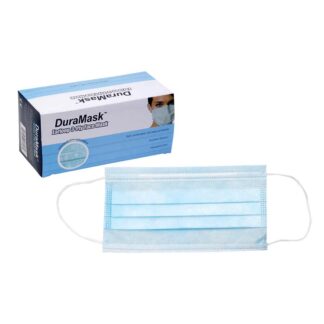 1891
1891DuraMask™
3-Ply Face Masks With Ear Loops
-
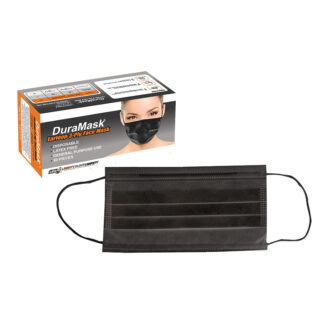 1891BK
1891BKDuraMask™
3-Ply Face Masks With Ear Loops
-
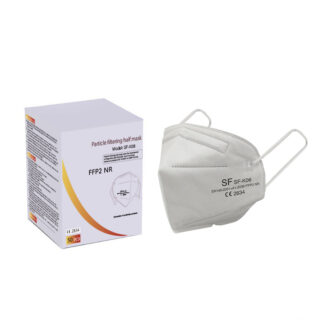 1895KN
1895KNDuraMask™
3-Ply Face Masks With Ear Loops
-
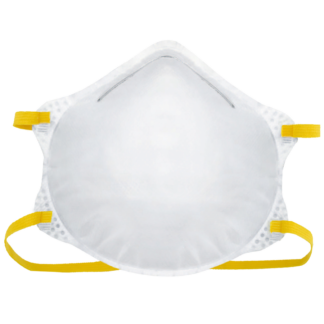 1895NH
1895NHDuraMask™
Niosh N95 Particulate Respirator
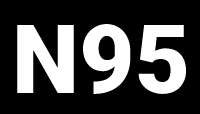
-
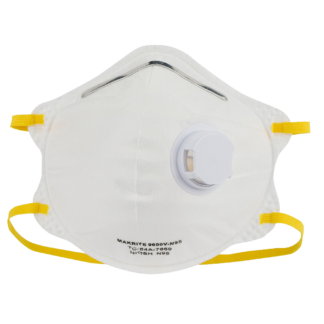 1895NHV
1895NHVDuraMask™
Niosh N95 Particulate Respirator With Exhalation Valve

-
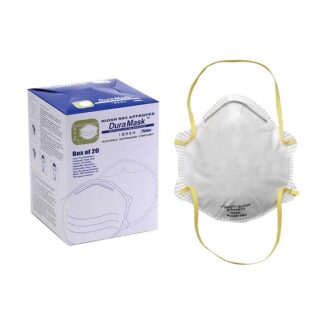 1895N
1895NDuraMask™
Niosh N95 Particulate Respirator With Head Straps

-
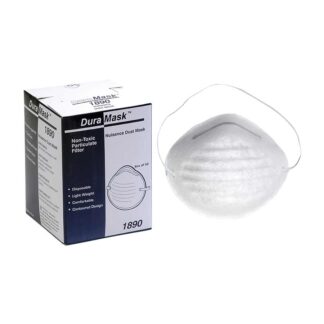 1890
1890DuraMask™
Nuisance Masks With Head Strap
FAQ
OSHA defines the protection that respirators offer users in two basic ways. The first is by the removal of contaminants from the air. Respirators of this type include particulate respirators, which filter out airborne particles, and air-purifying respirators with cartridges/canisters which filter out chemicals and gases.
Other respirators protect by supplying clean respirable air from another source. Respirators that fall into this category include airline respirators, which use compressed air from a remote source, and self-contained breathing apparatus (SCBA), which include their own air supply.
Liberty Safety™ provides the following respiratory protection types:
- N-95 particulate respirators: The N95 respirator filters at least 95% of airborne particles but is not resistant to oil-based particles.
- Nuisance masks: Designed to wear with safety glasses and offer protection from airborne particles such as pollen, dust, sand, etc.
- 3-ply face masks: Appropriate to wear at work when a respirator or surgical mask is not required, but a mask can protect from some airborne particles.
Hazardous substances such as gases, solvents, powdered chemicals, and sprays can be present in the workplace in different physical states. It’s why OSHA recommends respiratory protection for millions of workers in various workplaces throughout the United States.
Respirators protect workers against insufficient oxygen environments, harmful dusts, fogs, smokes, mists, gases, vapors, and sprays. These hazards may cause cancer, lung impairment, diseases, or death.
Air contaminants are commonly classified as particulates or gas and vapor contaminants.
Compliance with the OSHA Respiratory Protection Standard could avert hundreds of deaths and thousands of illnesses annually from these contaminants.
Find a mask that fits by exploring the many models out there. You don’t have to settle on one that doesn’t sit well on your face or feels uncomfortable. It’s a good idea to practice putting on your mask in a clean area before using it in public or at work.
Whatever mask you choose, it should:
- Cover your chin, mouth, and nose
- Fit snugly, leaving no gaps
- Not impact your vision
- Be as comfortable as possible
A face mask with ear loops has some advantages. The ear loops can be more flexible and feel slightly more comfortable when wearing work or recreational headgear.
Headbands or head straps have a more secure fit that prevents any leakage. But, because of the stretchy nature of the material used, headbands can break when overstretched and are harder to manage with thick hair.
For best practice, follow the directions provided in the packaging or learn more by checking out Liberty Safety™ Respiratory Protection Fit and Wear guide here.
Outdoor face masks are recommended protection in some situations. You should refer to your employer and worksite requirements.
When wearing a mask inside or outside, remember to:
- Wear it over your nose and mouth
- Make sure it fits snugly (limit gaps)
- Avoid touching it (wash your hands if you do)
- Reduce the risk of transferring airborne particles by choosing a mask designed for your work environment.
It is important to follow precautions when putting a mask on and taking a mask off in order to ensure infection protection.

Showing all 7 results
